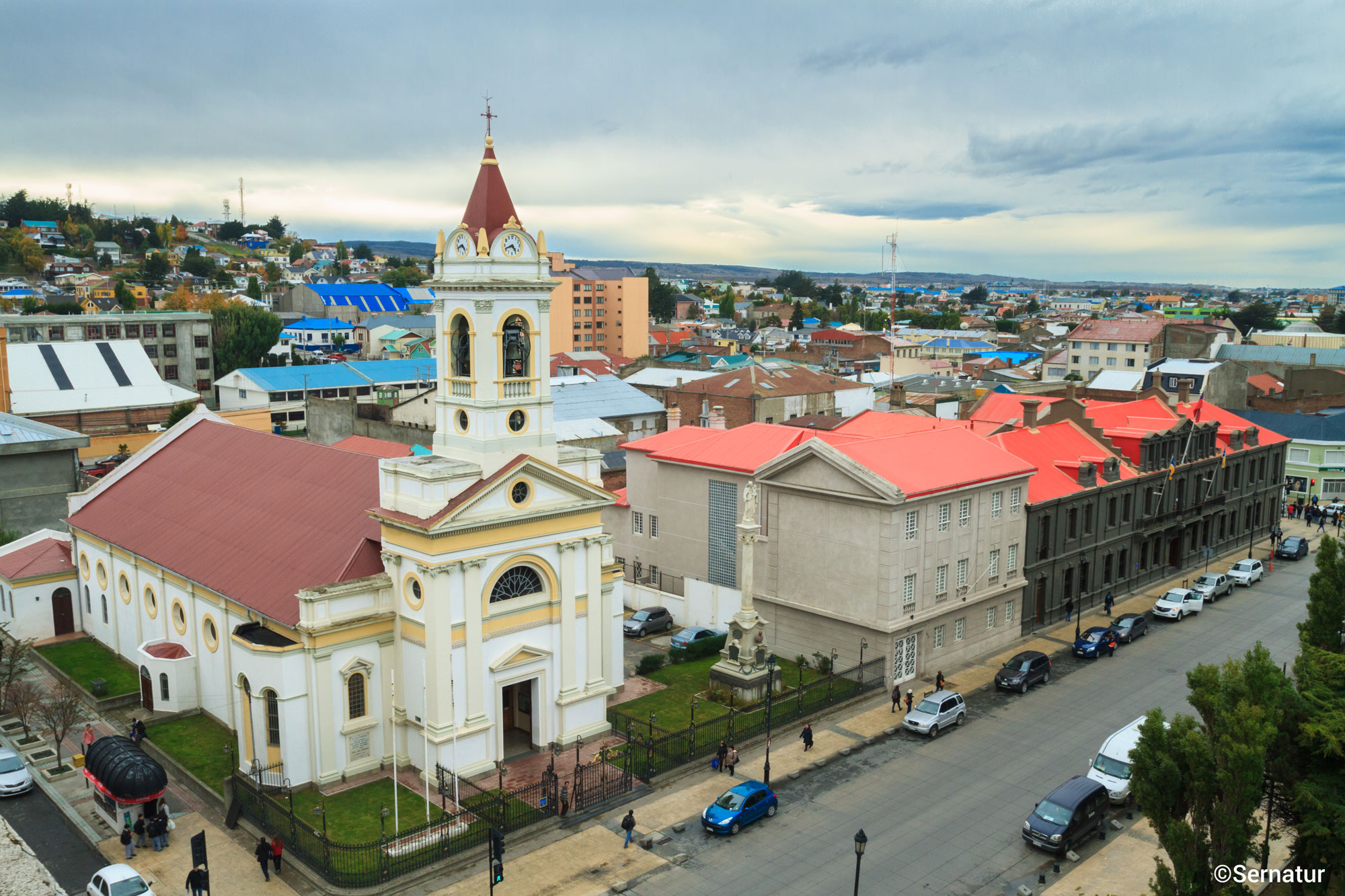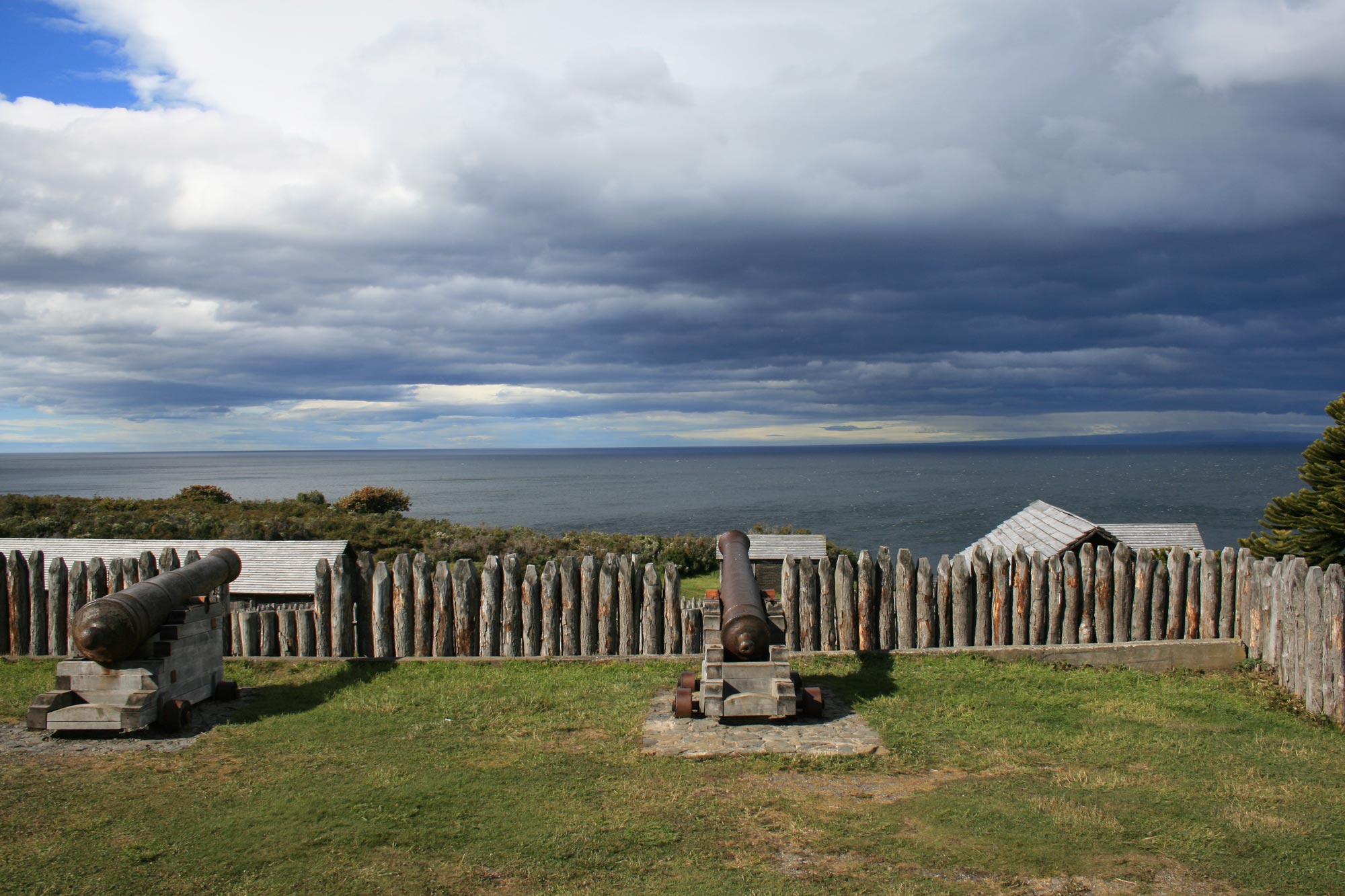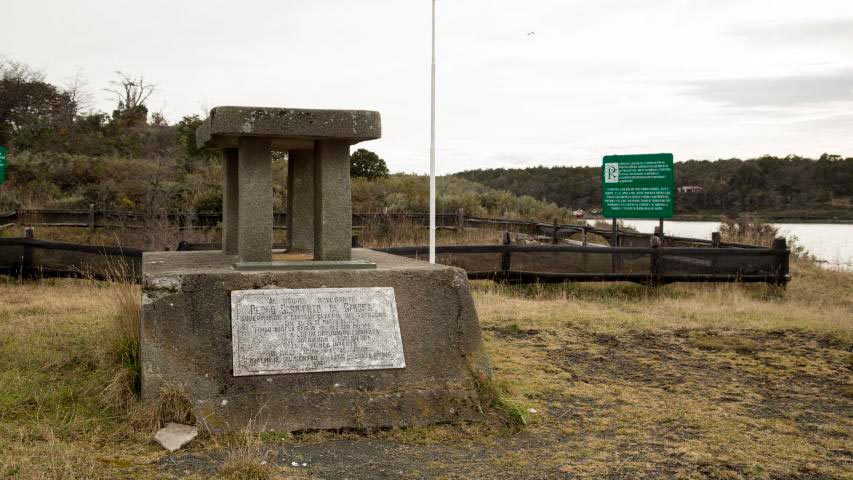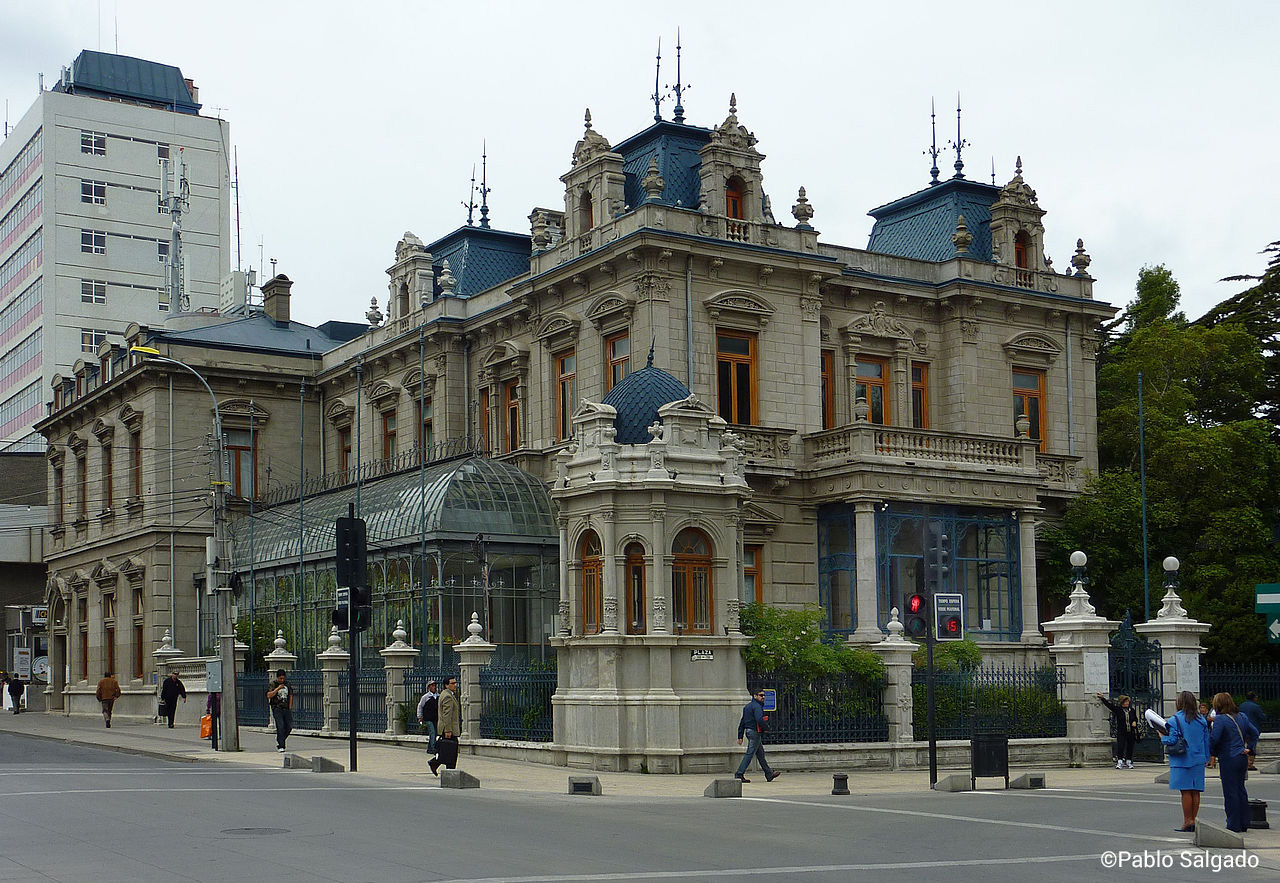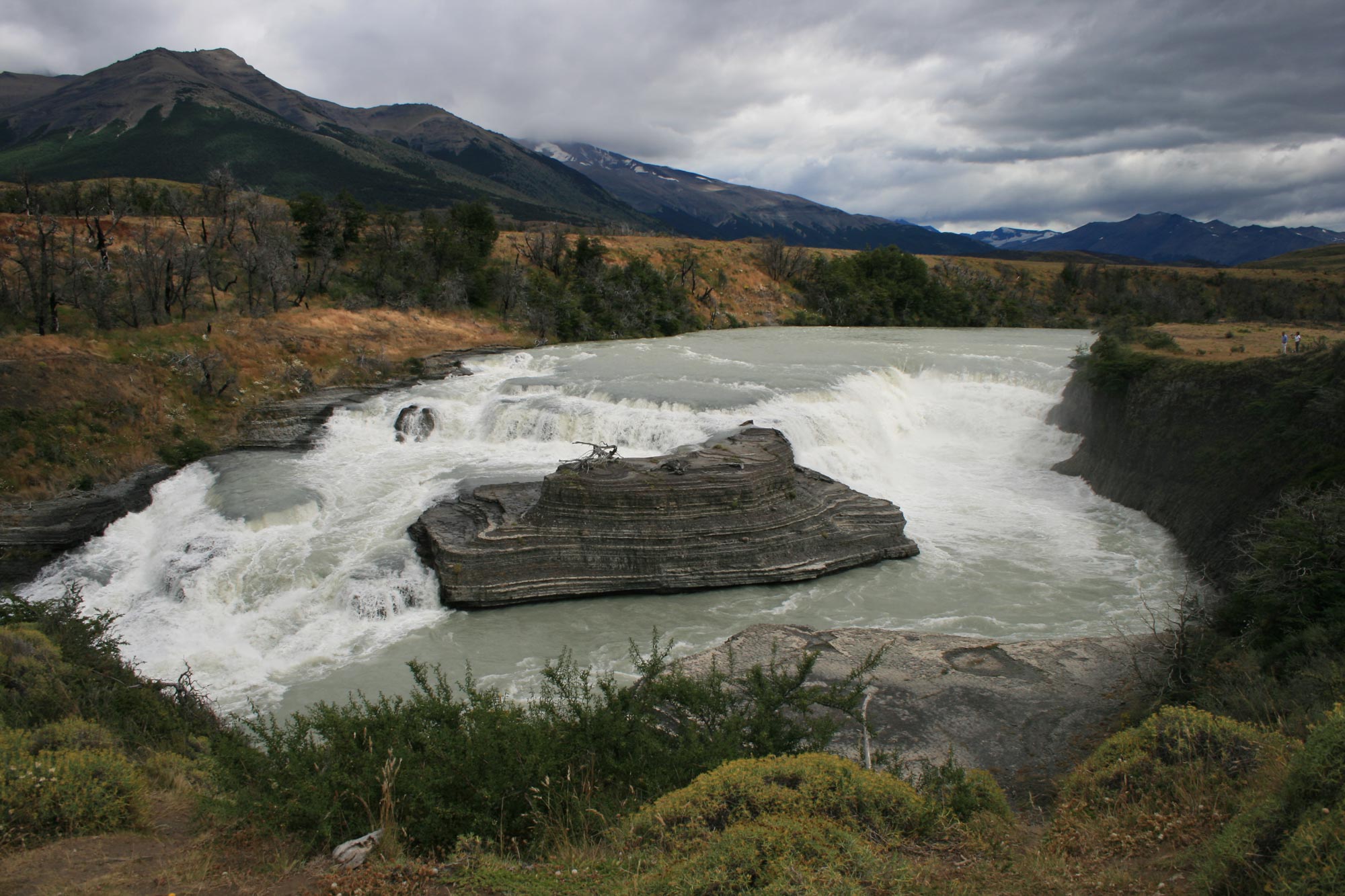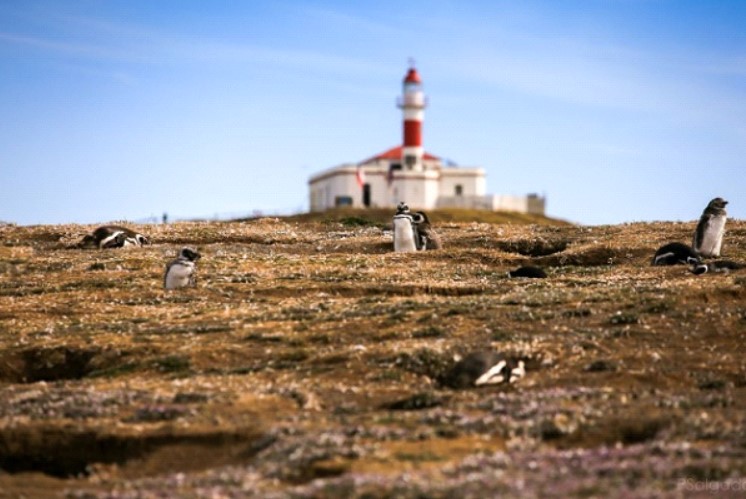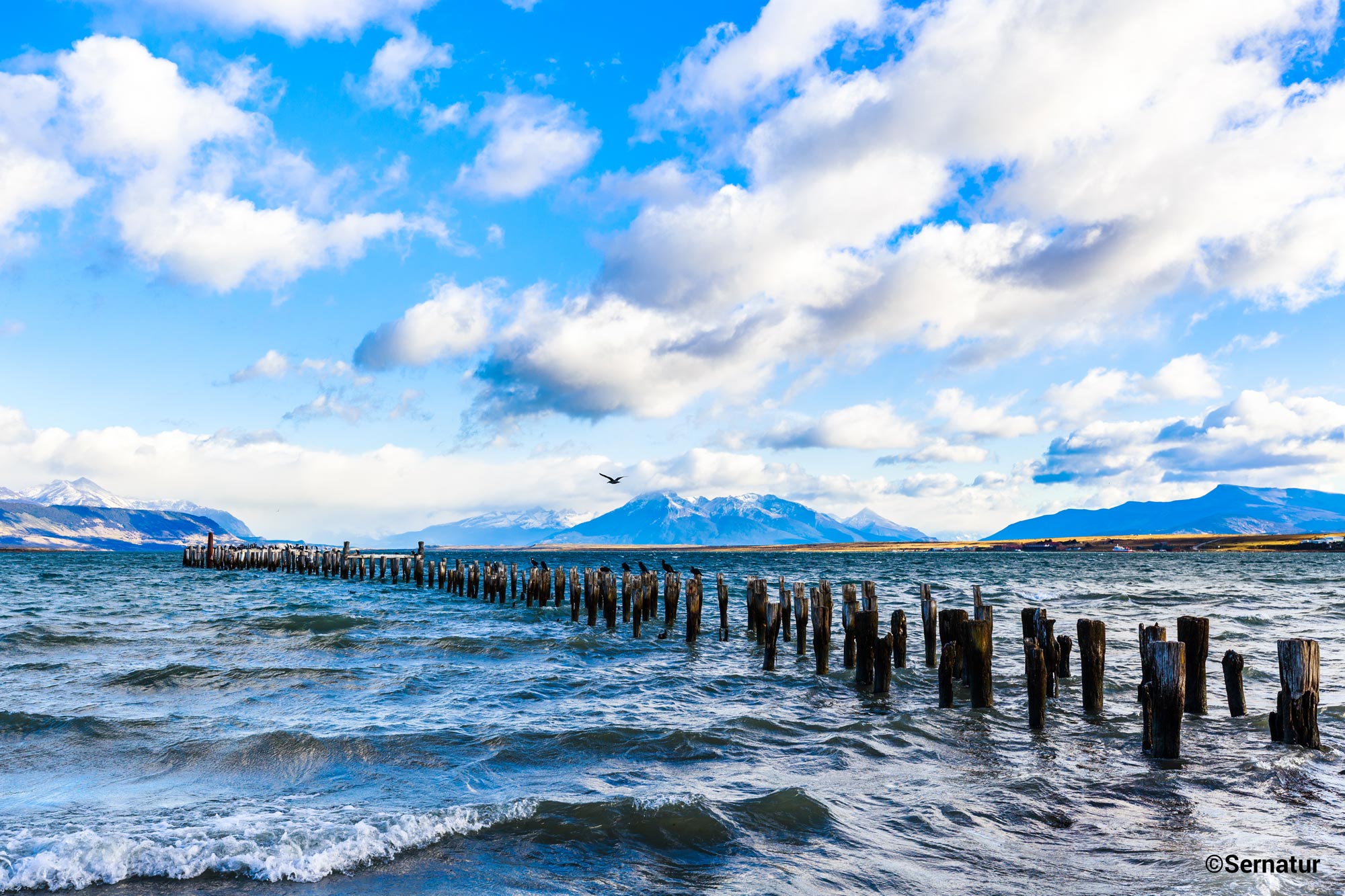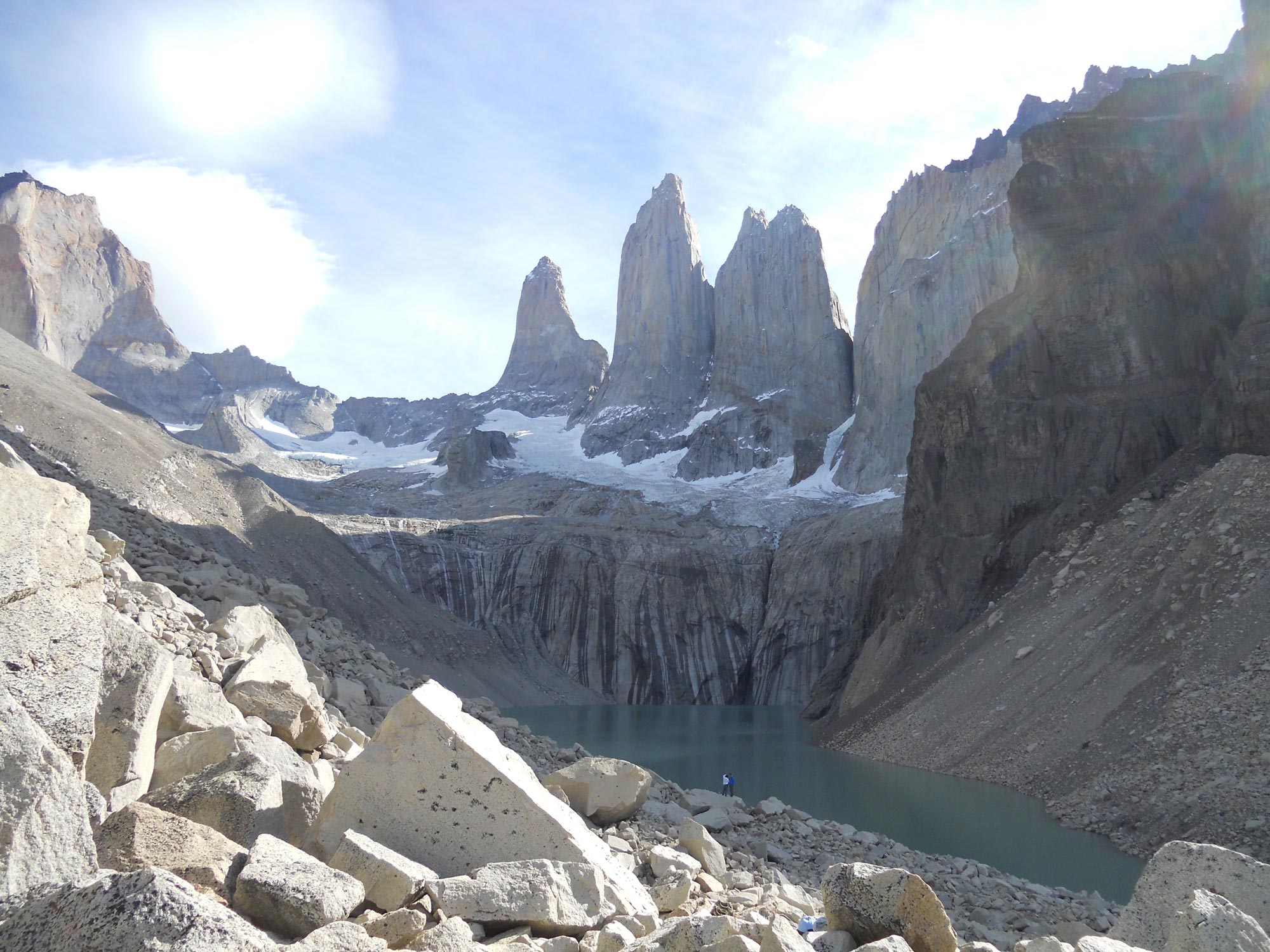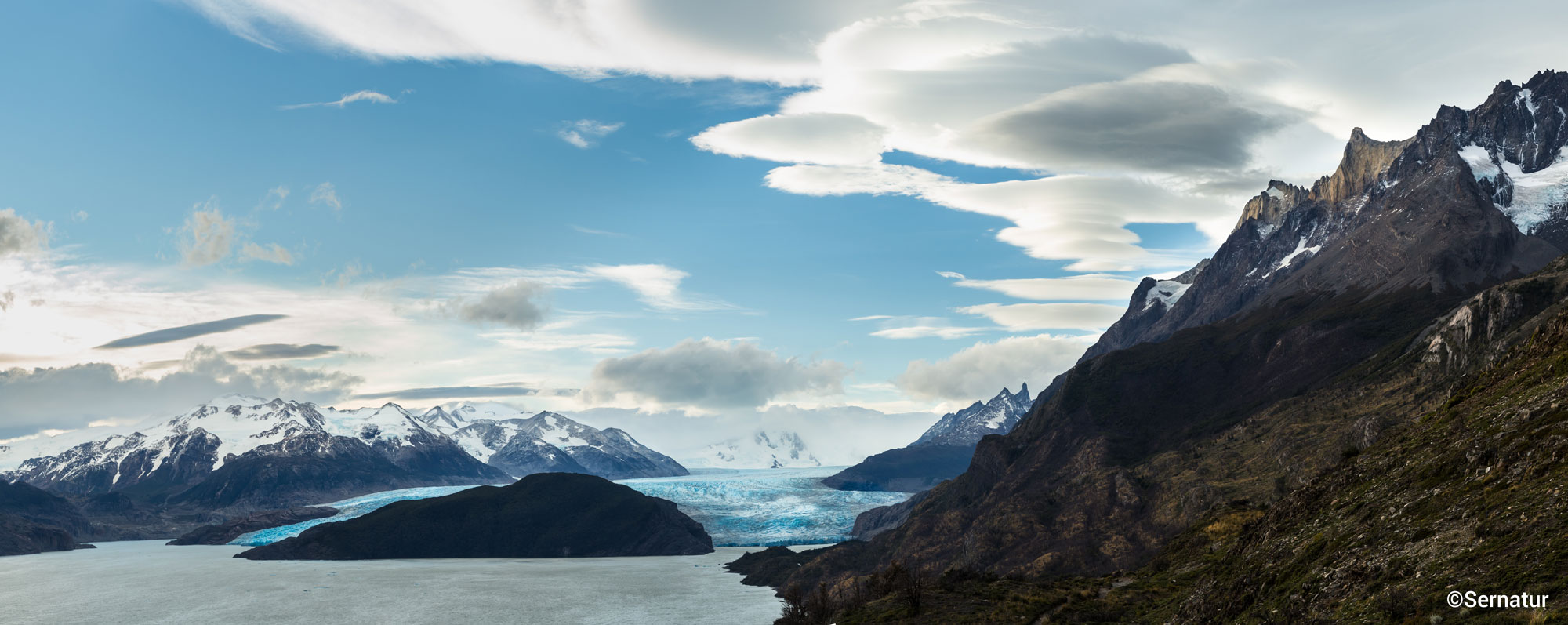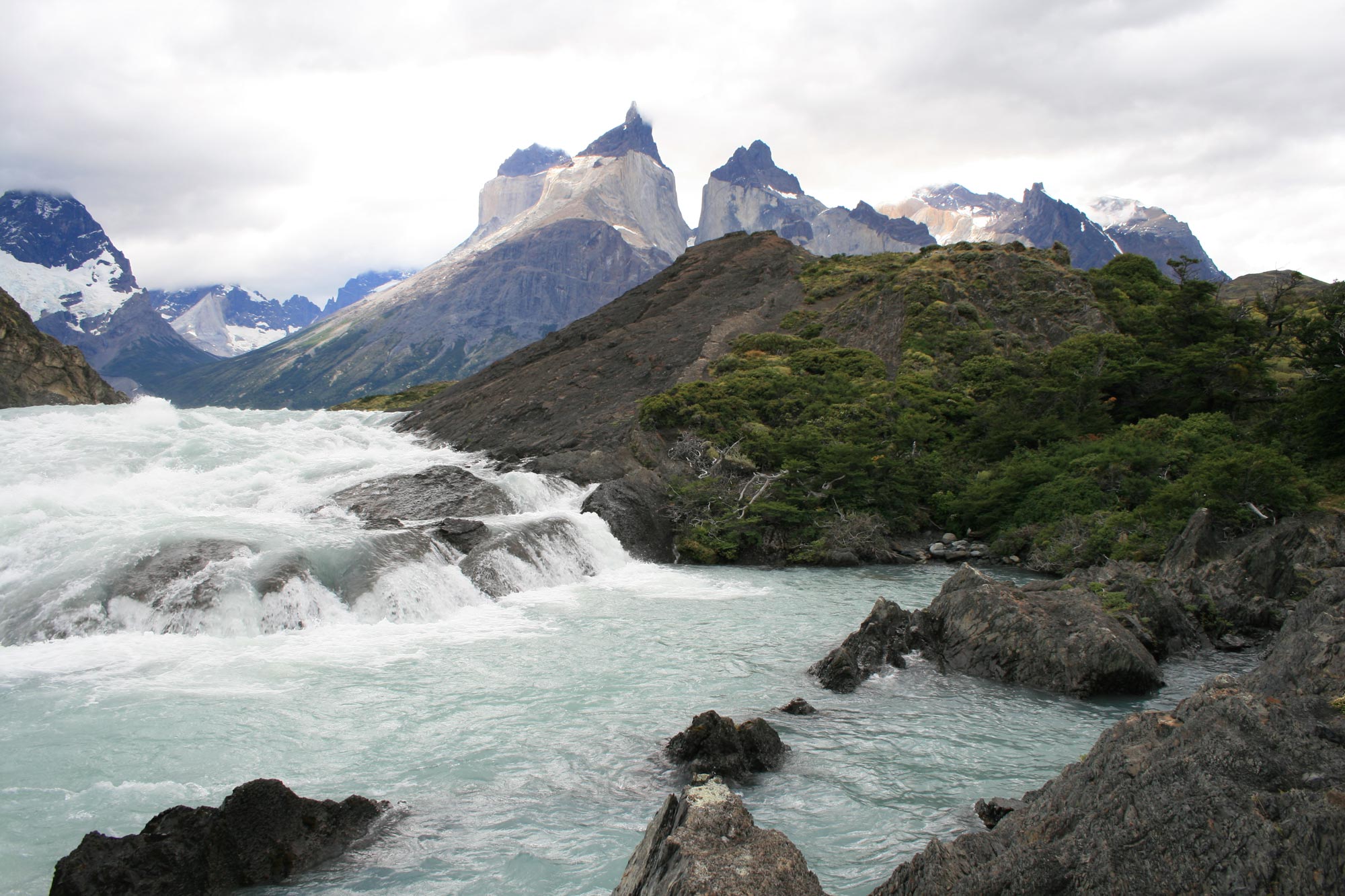City of Punta Arenas
Punta Arenas was founded on December 18, 1848. Before the opening of the Panama Canal in 1914, it was the main port and navigation route between the Atlantic and Pacific oceans.
The city’s architecture is closely related to the colonization of Patagonia and is reflected in its streets and squares. One example is the Plaza de Armas, located in the historical city center. On February 22, 1991, this area was declared a National Monument in the category of Typical Zone through Supreme Decree No. 67.
Nearby Monuments
FUERTE BULNES AND THE PUNTA SANTA ANA PENINSULA
The Spanish Crown’s first attempt to populate the strategic Strait of Magallanes area was quickly undermined. It was not until the government of President Manuel Bulnes that the area was effectively founded. In May 1843, a schooner carrying a military contingent, tools, construction materials, food, and livestock sailed from Ancud.
RUINS OF CIUDAD REY DON FELIPE (PUERTO DEL HAMBRE)
The ruins of King Phillip’s City, known today as Puerto del Hambre, are located 56 kilometers from the city of Punta Arenas. This was the only passing point for navigators traveling from the Old World to the American coasts of the Pacific. Following Pedro Sarmiento de Gamboa’s arduous and ill-fated expedition in 1584, two cities were established: Nombre de Jesús and Rey Don Felipe. Due to the inhospitable location and rugged landscape, most settlers died from starvation.
MAURICIO BRAUN PALACE (REGIONAL MUSEUM OF MAGALLANES)
The Mauricio Braun Menéndez Palace was the home of the Braun Menéndez family. The Brauns were originally from Russia, and the Menéndez were wealthy Chilean merchants from the Patagonia.
Due to its historical and architectural value, resulting from the Patagonian commercial boom in the early 20th century, the Mauricio Braun house was declared a Historic Monument on January 7, 1974. Nine years later, the Braun Menéndez family descendants donated the palace, along with its original furniture and decorations, to the Chilean state. In 1983, it became the Regional Museum of Magallanes.
https://www.monumentos.gob.cl/monumentos/monumentos-historicos/casa-fue-senor-mauricio-braun
REMAINS OF THE HALL AND BOW OF THE “LONSDALE” EX “VILLE DU HAVRE” SAILBOAT
The Lonsdale was an English vessel built at the end of the 19th century in the Bigger Shipyards in Londonderry, Ireland. After a fire in Port Stanley, Falkland Islands, on October 6, 1909, a merchant in Punta Arenas purchased the sailboat and sold it to the Braun & Blanchard company in the same port. On January 7, 1974, it was declared a Historical Monument under the emblem “Homage to the sailors of all nationalities who sailed the Magellanic Sea.”
Natural attractions
Chile’s Magallanes Region has a great diversity of protected natural landscapes, including national parks and reserves. Among the most outstanding are the Torres del Paine National Park, known for its imposing mountains, glaciers and lakes, and the Alberto de Agostini National Park, home to fjords, canals and ice fields. Other relevant places are Cabo de Hornos National Park, Bernardo O’Higgins National Park, and Los Pingüin Natural Monument where a large colony of these animals can be observed.
Natural Monuments
Los Pingüinos Natural Monument
Magdalena Island, close to the city of Punta Arenas, is home to one of the largest penguin colonies in Chile. Together with Marta Island, it is an unparalleled observatory of marine life in Patagonia, where you can photograph and learn about these beautiful aquatic birds.
Puerto Natales
Location: 248 km north of Punta Arenas (3 hours drive approximately)
It is the tourism capital of the Region and a hotspot for gastronomic tourism. The city is the gateway to fjords, mountain ranges and natural monuments. The waterfront offers a spectacular views of Última Esperanza Bay and the imposing mountain ranges. Other attractions include the Municipal Historical Museum (Museo Histórico Municipal), Costanera Avenue (Avenida Costanera), the Central Historical Square (Plaza de Armas), the Ether Aike Handicraft Town, and Puerto Bories (5 km north of the city).
Torres del Paine National Park
Location: 150 km from Puerto Natales (1 and a half hour drive approximately)
You definitely cannot miss Torres del Paine National Park, which conteins the main ecosystems of Patagonia in a single place: pampas, forests, glaciers, mountains, lakes, and rivers. These characteristics led to its designation as a World Biosphere Reserve by UNESCO in 1978.
Gray Lake and Glaciar
Location: Torres del Paine National Park.
Gray Lake was formed by the southern Ice Fields and is home to the enormous icebergs that break off from the Gray Glacier. You can walk along the lakeside to view the glacier and its icebergs, walk on the ice, or take a one-hour walk across to the peninsula to a lookout point, which is an ideal place to take pictures of the glacier.
Milodón Cave Natural Monument
Location: 24 km north of Puerto Natales.
The Milodón Cave Natural Monument consists of three caves and a rocky formation called the Devil’s Chair (“Silla del Diablo”). The largest cave is 30 meters tall, 80 meters wide at its entrance, and 200 meters deep. It is located 150 meters above sea level. The area is monitored by the National Forest Corporation (CONAF).
Salto Grande
Location: Torres del Paine National Park.
Salto Grande connects Lakes Nordenskjöld and Pehoe. It is located in the Pehoé Sector, only 2 kilometers from the main route. It is an ideal spot for a relaxing walk along Lake Nordenskjöld to the Cuernos del Paine lookout point, which offers one of the park’s best views.



